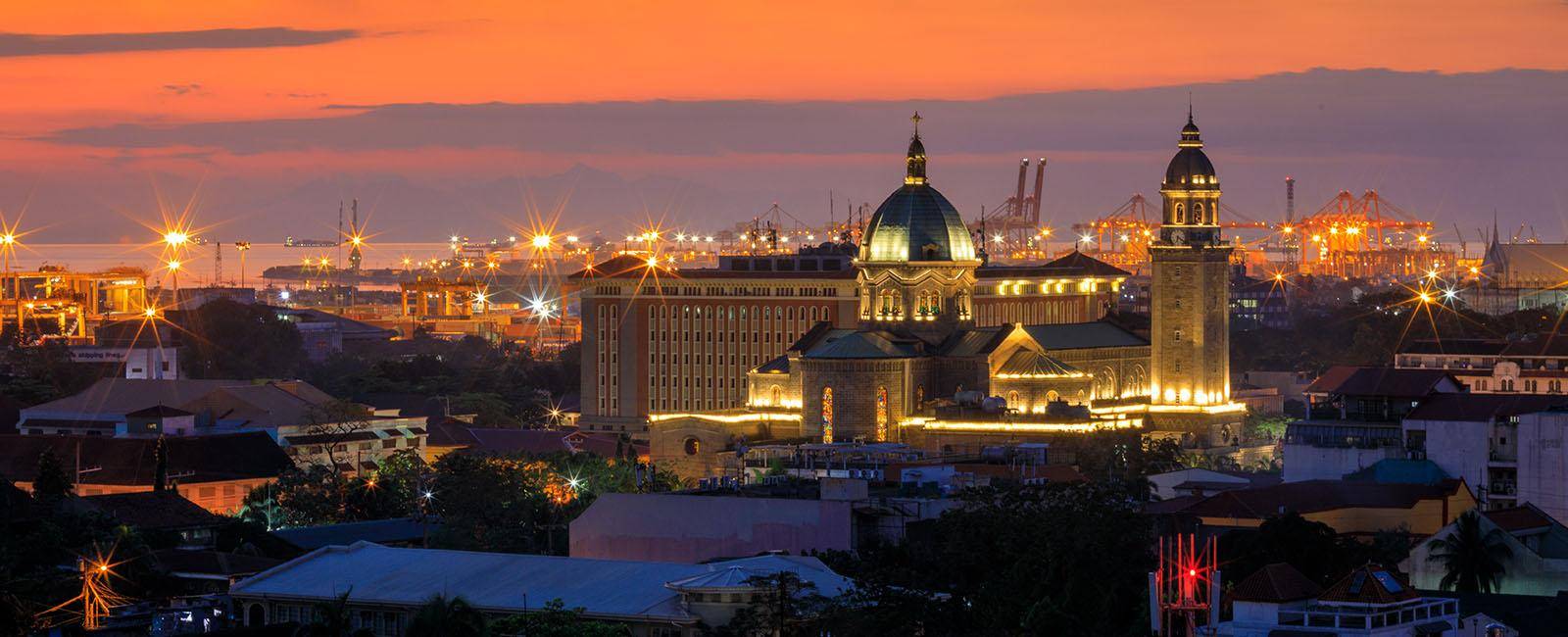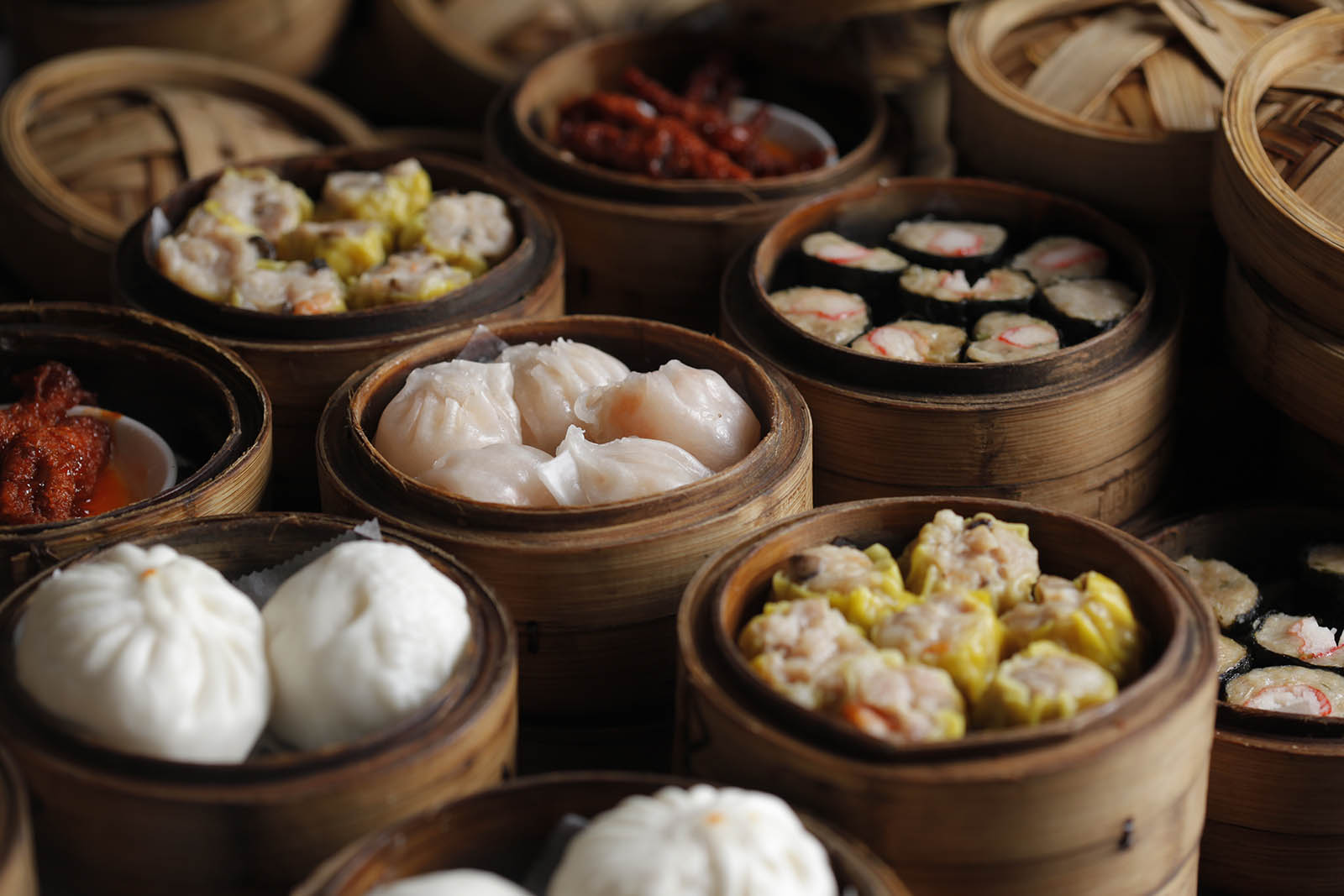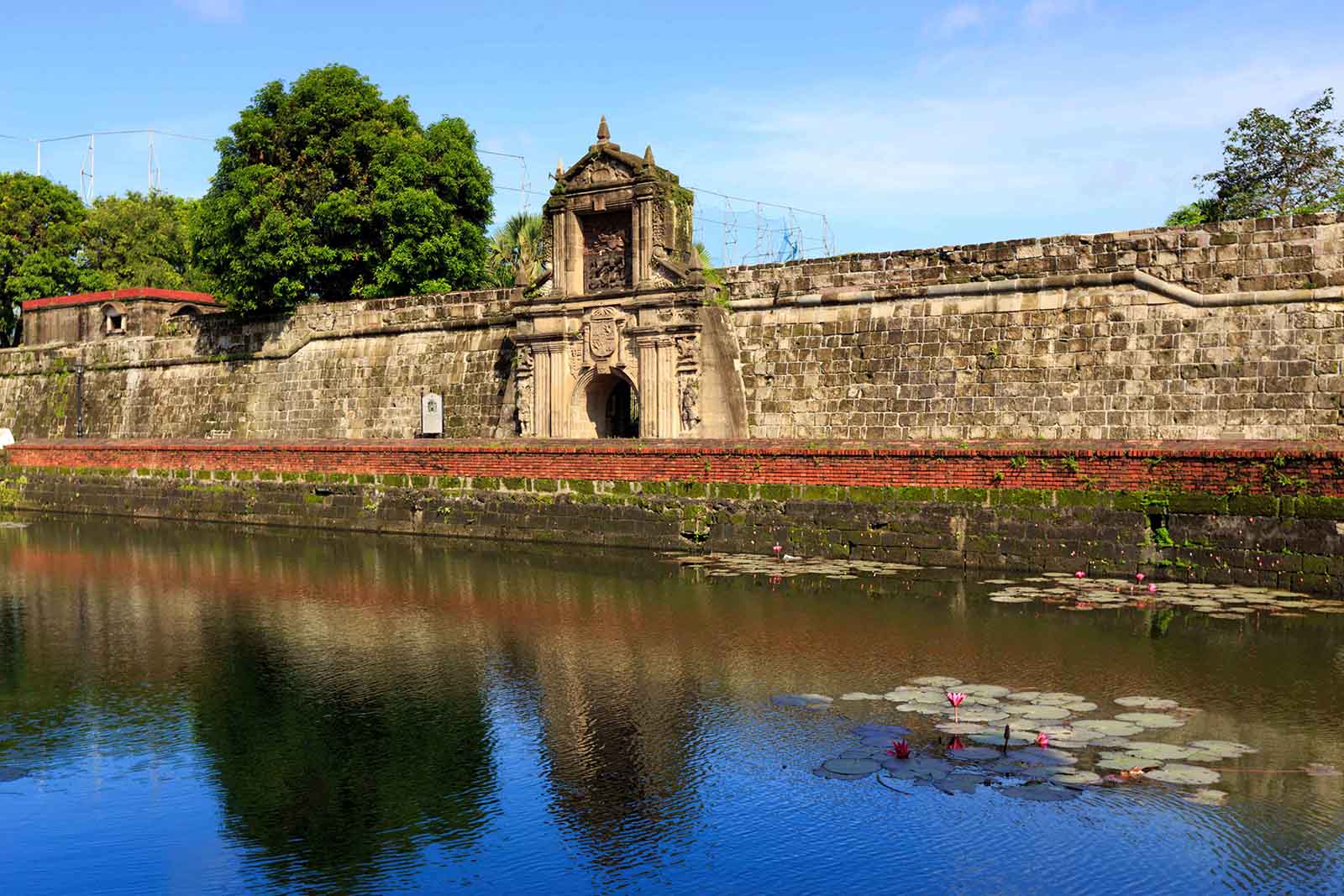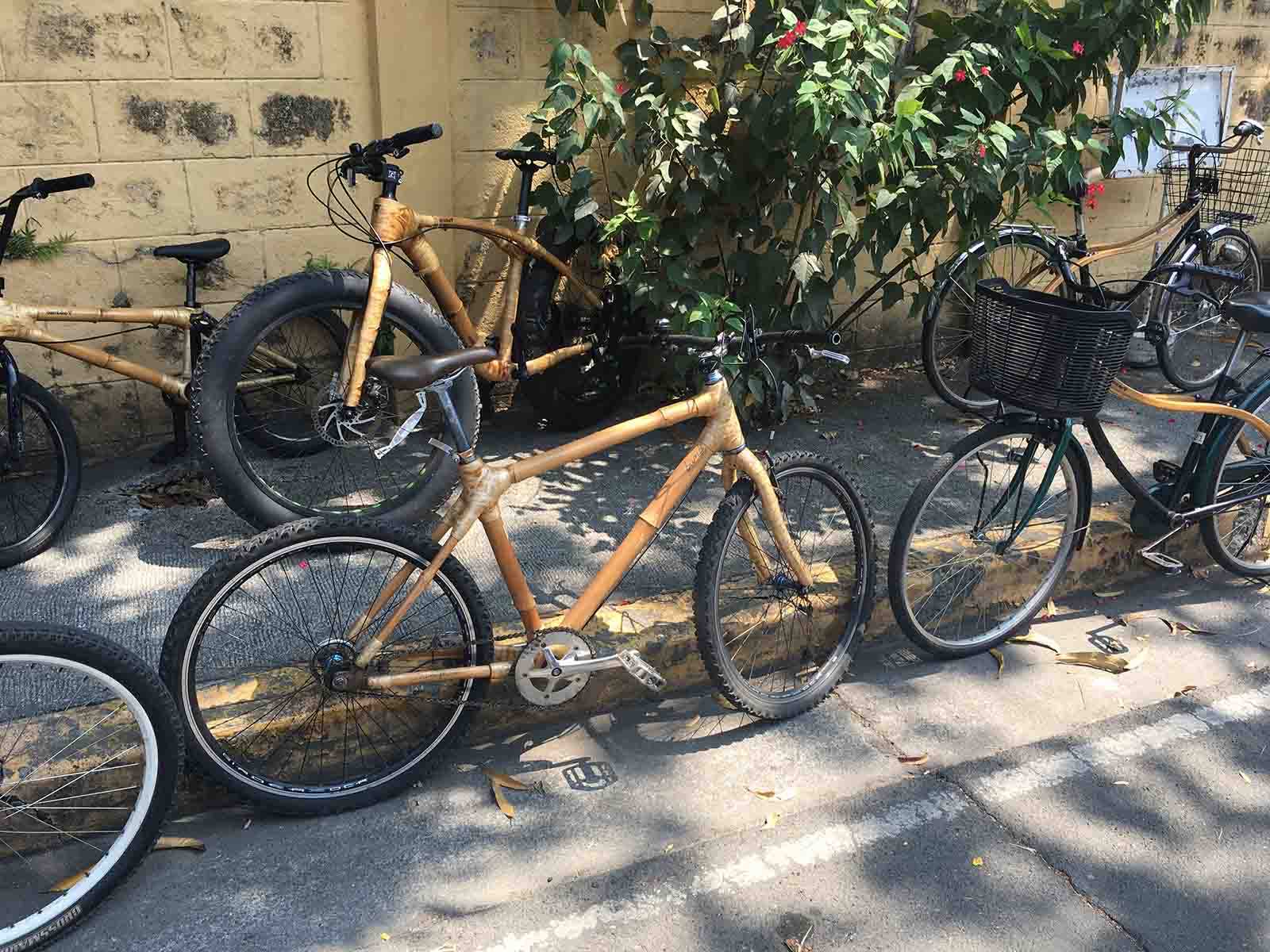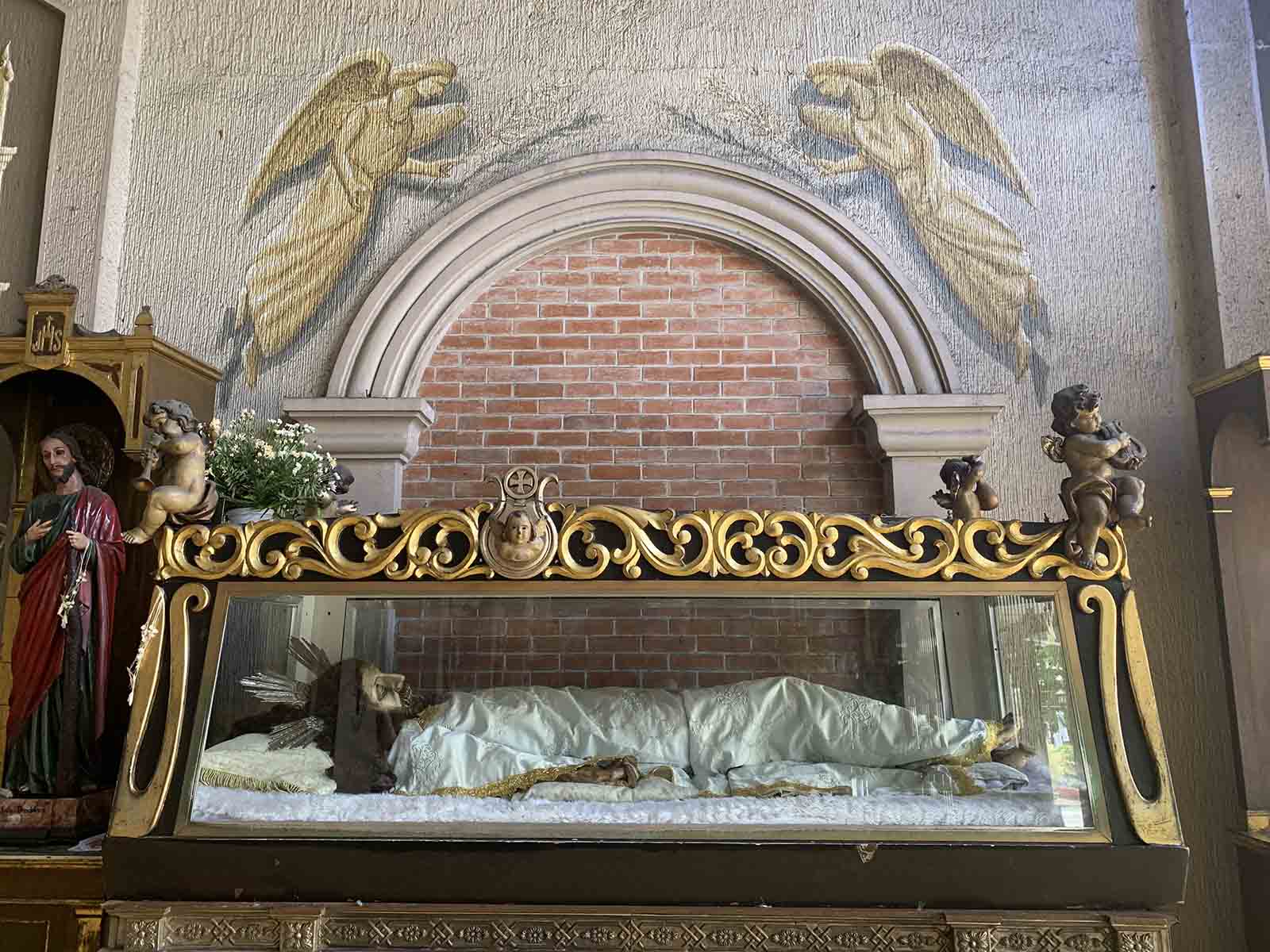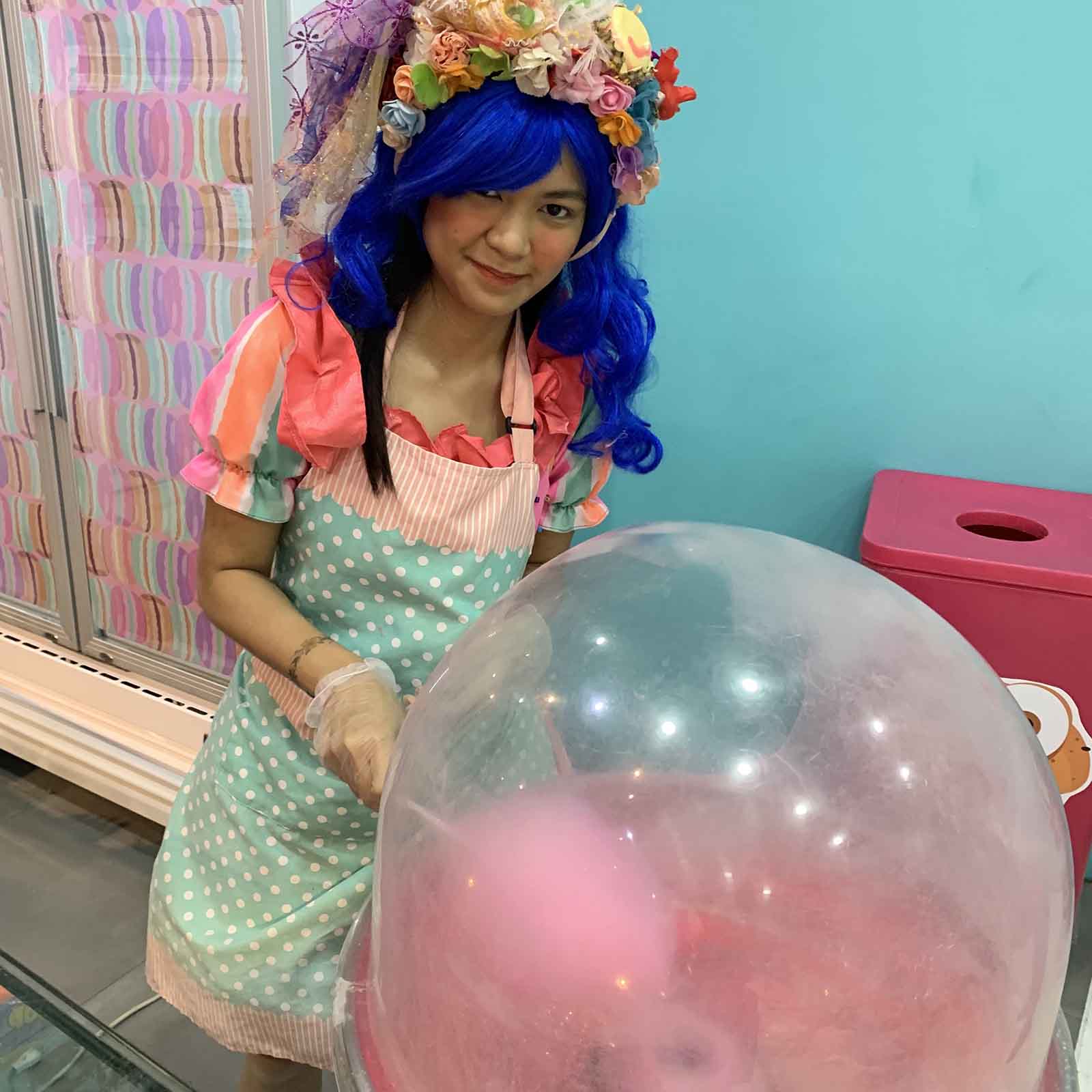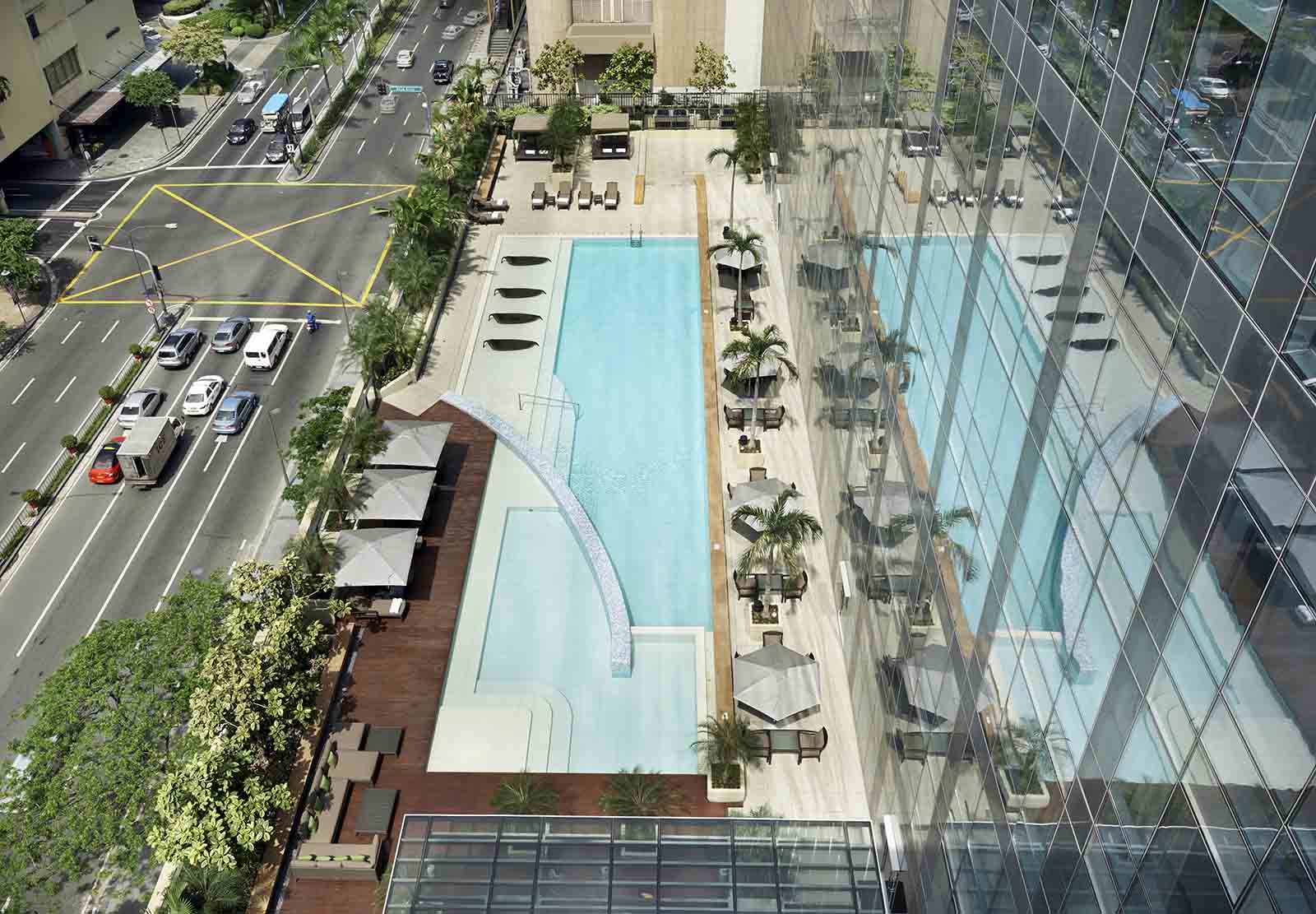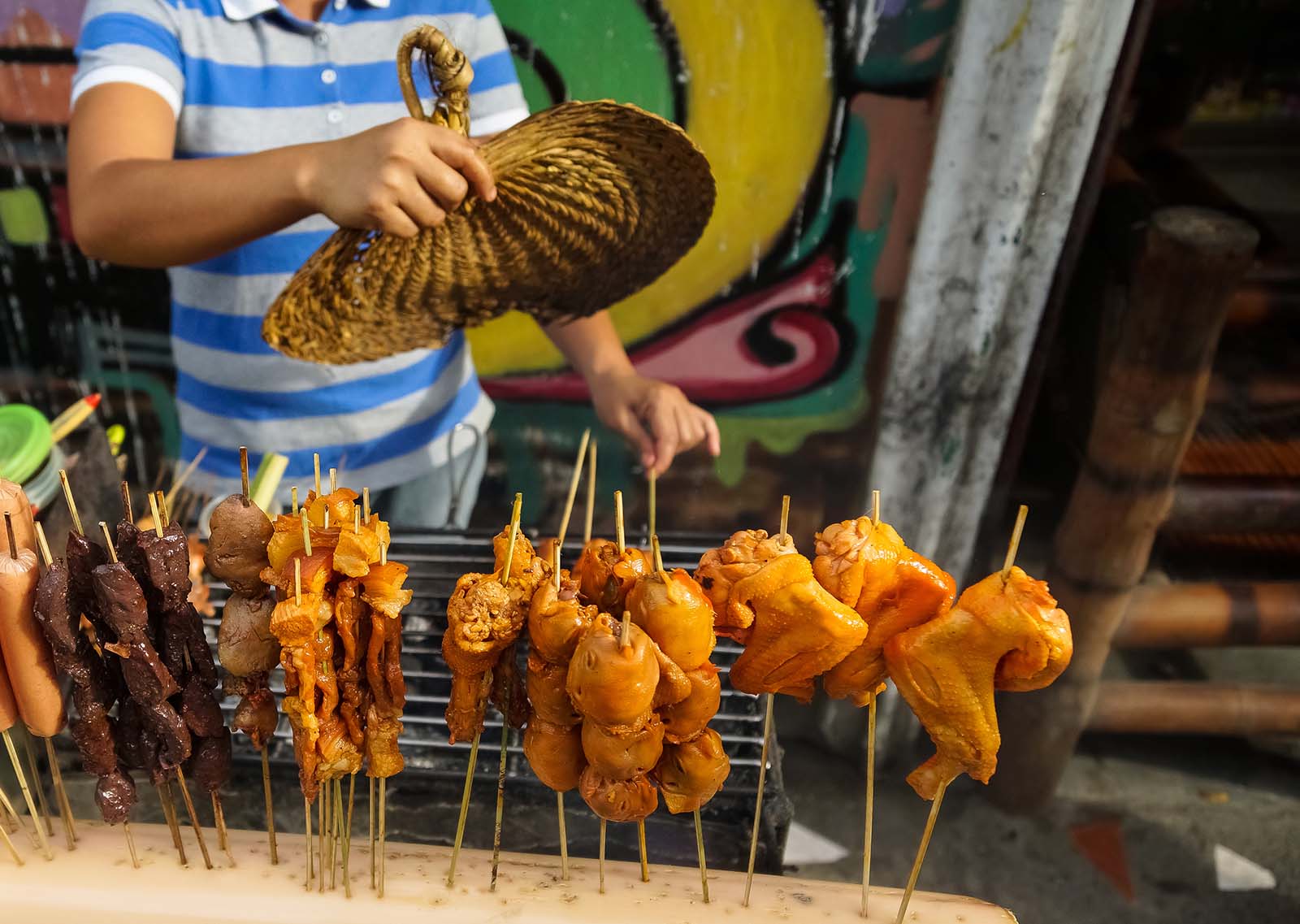
Since it was declared a territory of Spain in the 16th century and renamed ‘Las Filipinas’ after Philip II of Spain, a succession of ‘rulers’ has influenced many aspects of the Philippines, flavouring its food and shaping its culture, creating its unique architecture, and planting its deeply religious roots. The city of Manila (Maynilà in Filipino) is named for the various native plant species that produces a natural indigo dye which can be extracted, thus the Filipino meaning "where indigo is found."
Famous for the several thousand unspoiled tropical islands that make up the sprawling Philippine archipelago, its capital Manila is often mistakenly overlooked as a destination in itself.
Located on the island of Luzon, Manila is considered the most densely populated city in the world and one of South East Asia’s most unique and surprising mega cities. Its brutal history of occupation and war has significantly sculpted the people and city of Manila today, where a fusion of Asian, Latin and Western values has spawned a colourful, friendly and eclectic culture unlike anywhere else in the world, making Manila definitely one for the bucket list.
Street food to five-star dining
Trying local delicacies is one of the greatest joys of travelling and Manila does not disappoint. The term Asian-fusion undoubtedly originated from the Philippines with the influence of multiple cultures contributing to dishes that share Chinese, Spanish, Mexican and American names, ingredients and flavours.
While there’s a plentiful array of fancy restaurants, indulging in some local street food at Saturday Salcedo Markets, near Greenbelt Park, Makati is a must. Stalls offer tender charred and skewered pork, whole tilapia (fish) stuffed with tomatoes and shallots, curried lobster and prawn balls, dumplings, creamy water buffalo cheese wrapped in banana leaf, paella and fresh ginger ale.
For the more adventurous there are local delicacies such as ‘Isaw’, barbecued chicken intestines with vinegar, which are crispy, creamy and chewy with a mild paté flavour, or ‘Balut’, a hard boiled fertilised duck foetus still in the eggshell, for those with an iron gut.
Street food aside, Manila offers a plethora of fine dining options and swanky cocktail bars. The Fairmont Makati and Raffles Makati, located in the one complex, is a one stop shop for wining and dining excellence. Options include the legendary Long Bar where, for a set fee, happy hour lasts from 5-8pm daily. Be sure to try their signature
Makati Sling cocktail while munching on pork crackling, beef sliders and unlimited peanuts, and enjoying the live entertainment.
For a five-star cuisine experience Mirèio (pronounced “mee-reyo”), on the 9th floor of Raffles Makati, offers exquisite provincial French-Mediterranean inspired dishes with the chefs using seasonal produce and traditional French cooking techniques to create delicious and imaginative dishes.
Mirèio Terrace, a roof deck bar extension of the restaurant on the 10th floor, offers a panoramic view of the city and Manila’s famous sunset, with a wide selection of cocktails and canapés, and a complimentary bucket of rosemary and thyme spiced popcorn which was a hit! A great place to meet for pre or post-dinner drinks.
A city of history
It’s helpful to note that Metro Manila is made up of 16 separate cities, each governed by separate local councils and each with their own unique attractions and vibe. To help make the most of your time a local specialist such as Baron Travel can arrange comprehensive day tours complete with engaging and friendly guides who show you much more than the usual tourist hot spots.
With or without a guide, you cannot visit Metro Manila without immersing yourself in the past so you can better appreciate the roots of the culture and the pride of the people who have not only survived, but thrived, against the odds.
Historical ruins, museums, memorials and churches are literally the very foundation Manila is built upon and Intramuros, is one of Manila’s oldest and most significant historical sites.
Built in the 16th century by the Spanish, Intramuros is known as the Walled City due to its most famous feature, a nearly 5km-long circuit of massive stone walls and fortifications that almost completely surrounds the entire district.
One of the best ways to explore this ancient site is on a thoroughly modern Bam Bike Ecotour. This leisurely small group ride goes to several notable locations within Intramuros, beginning at Plaza San Luis Complex and visiting Fort Santiago and Manila Cathedral before ending with a 360 degree view of Manila from Bayleaf Hotel.
Along the way a dedicated guide shares interesting tip bits and funny information – like the time Facebook accidently declared the Philippines at war by inverting its distinctive flag in an Independence Day post! It’s also nice to know that the production of the bespoke bamboo-framed bikes occurs in a nearby village, providing local jobs and security.
Further afield is the city of Marikina. Considered the shoe capital of the Philippines since 1887 the district still produces 70 per cent of the shoes manufactured in the Philippines. It is here you will find the quirky Marikina Shoe Museum dedicated to the history of footwear, including more than 800 pairs of size 8.5 shoes previously owned by the Philippines’ glamorous and controversial former First Lady, Imelda Marcos, who had a taste for well-known designer brands including Ferragamo, Dior, Chanel and Prada.
Just across the road from the Shoe Museum stands Our Lady of the Abandoned Parish which has been a place of worship for almost 350 years. Even without religious beliefs, the ornate architecture featuring towering archways and columns, intricately painted ceiling panels and altar, stained glass windows and religious icons is something to behold.
Getting around
Unless you have a death wish, foreigners should not attempt to drive in Metro Manila and should certainly not ride a scooter or motorcycle. The roads are completely manic on a quiet day and utterly frightening on a busy day with road lanes seemingly suggestive, no real traffic enforcement and the driving wilfully freestyle at best, but it all seems to work. Once you’re used to the bedlam, being part of organised chaos is part of the experience.
If you don’t opt for a guided tour with a specialist such as Baron Travel, the next best option is to hire a driver for the day via your hotel, or download the Grab Cab app, which is the safest mode of public transport for travellers.
A bonus of being stuck in the inevitable traffic jam is that nearly all Filipinos speak excellent English and the drivers are happy to provide a free commentary along the way.
Mega malls and sweet treats
Shoppers are spoiled for choice with Manila home to three of the world’s 10 largest malls. In the City of Pasay SM Mall of Asia is the 14th largest mall in the world set across 42 hectares with 600+ shops accommodating 200,000 people a day.
This mega mall is also home to the peculiar Dessert Museum, dedicated to the appreciation of sweets and desserts. The entrance is via a slide into a room of hanging ornamental doughnuts. While passing through a further seven themed and interactive rooms dedicated to marshmallows, candy canes, ice-cream, gummy bears, cotton candy and cake pops, visitors receive diabetic-inducing sweet treats, before popping out into the inevitable treat-loaded souvenir store.
Where to stay
Located in the heart of the City of Makati, the business district and financial hub of Manila, and a short walk from the Ayala Museum, Glorietta and Greenbelt Malls, five star Fairmont Makati and Raffles Makati occupy a single site. Just five years old, the building is elegantly-designed and still feels brand new. Don’t miss the all-day dining options at Spectrum Fairmont Makati, especially the breakfast buffet which goes on forever with local delicacies and culinary favourites from China, the Middle East, India and Europe.
A soak in the luxurious Willow Stream mineral spa at Fairmont Makati or a dip in the outside pool is the perfect way to top off an incredible stay in Manila.
NEED TO KNOW
- No visa is required for Australian passport holders for a maximum stay of 30 days, but you must have a valid ticket for the return journey home or elsewhere and passport must be valid for a period of six months beyond your stay.
- The best time to travel is during the dry season between November and April, although it can get hot from March.
- Visit Metro Manila on a weekend! All the workers head out of the city on Friday evenings so it’s less congested and chaotic than during the business week.
- Tap water is not safe to drink – stick to bottled.
- Make sure all routine vaccinations are up to date including measles and Hep A.
- Avoid mosquito bites by covering up and using personal insect sprays.
- Do not approach nor touch animals in the street due to the risk of rabies.
- Pedestrians do NOT have right of way, even on marked crossings. They also drive on the right, making it equally important to look both ways several times before crossing.
- Dedicated Tourist Police in bright blue act as unofficial tourist guides, helping you locate attractions, bathrooms (BYO paper), and arranging safe public transport for you.
- As always, be aware of your personal safety, surroundings and possessions when abroad.
GETTING THERE
PLAN YOUR TRAVEL

